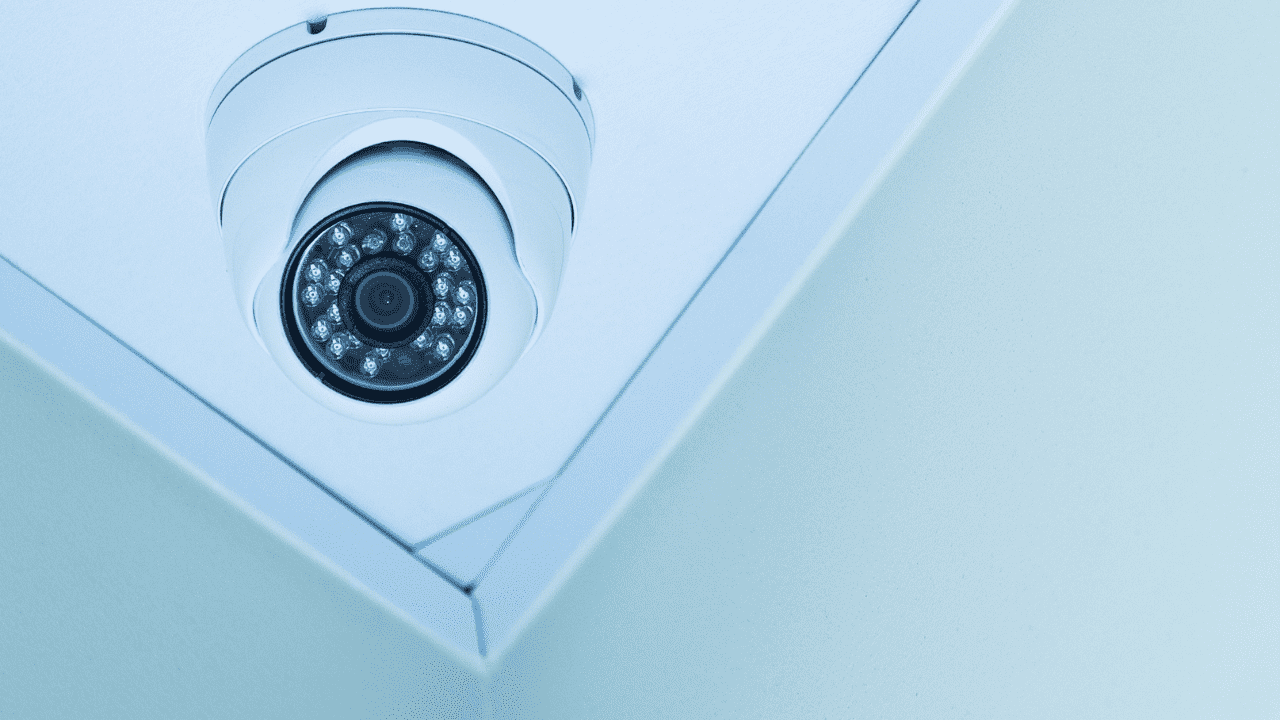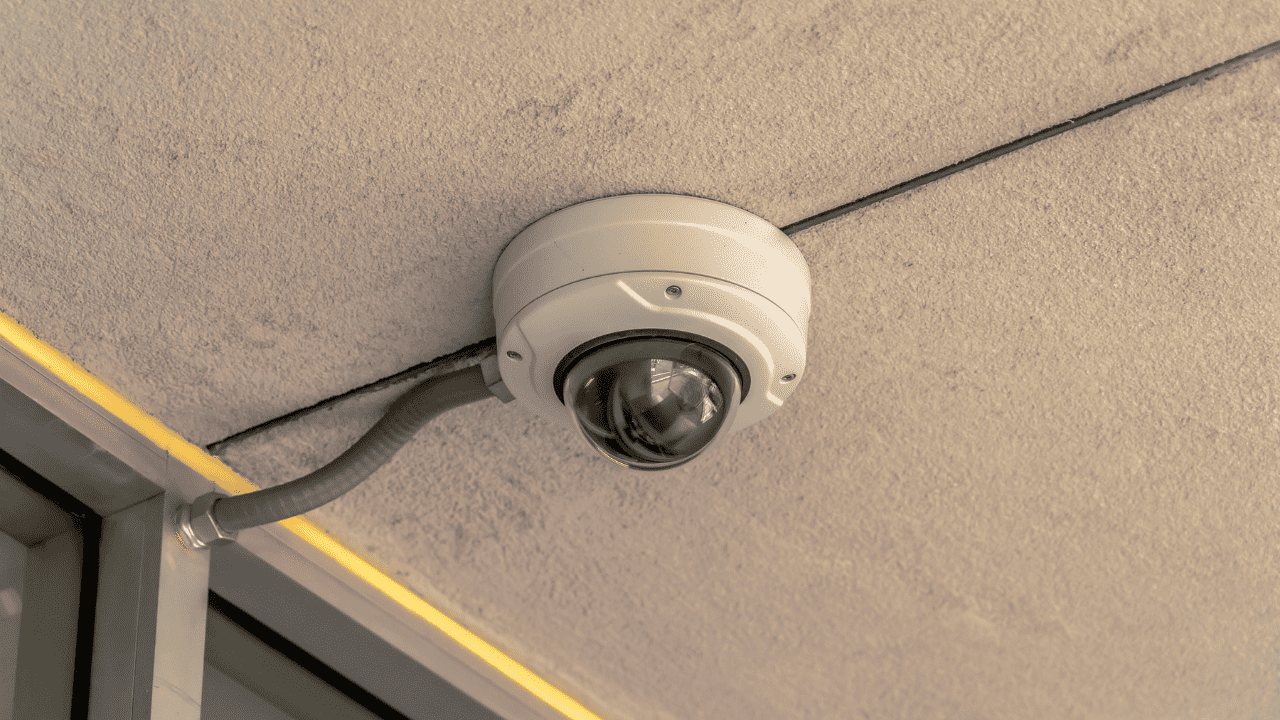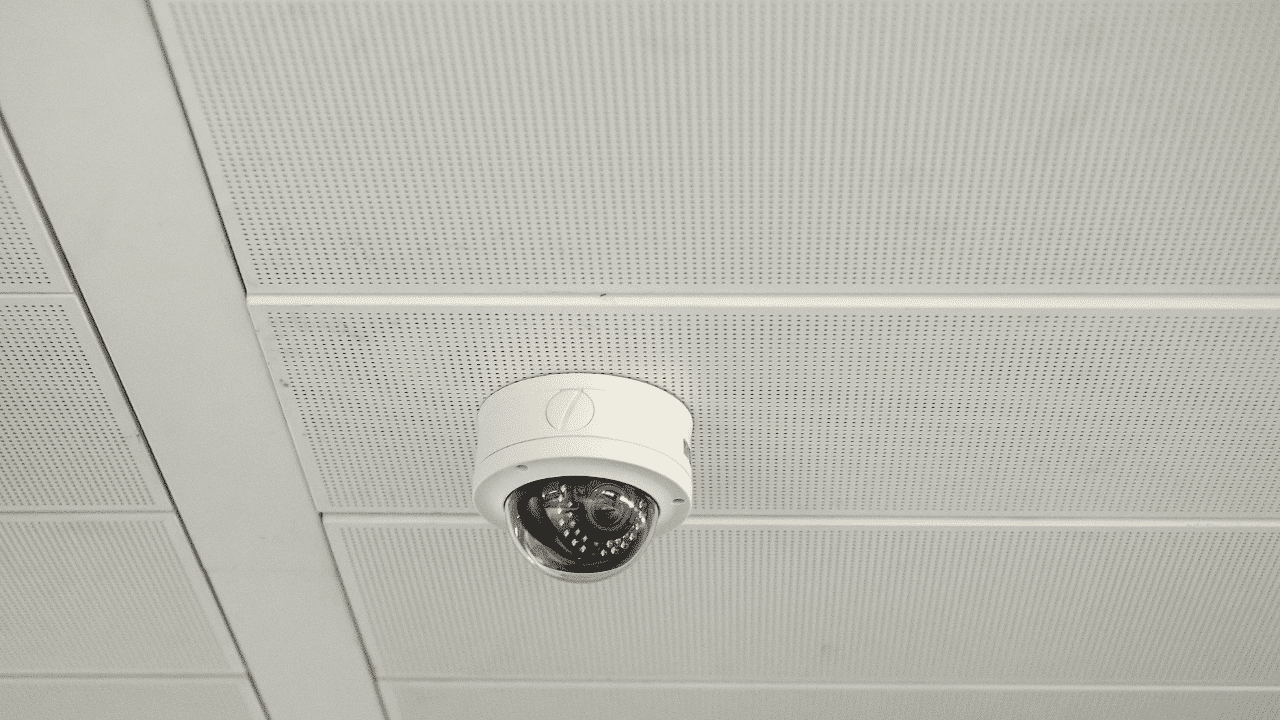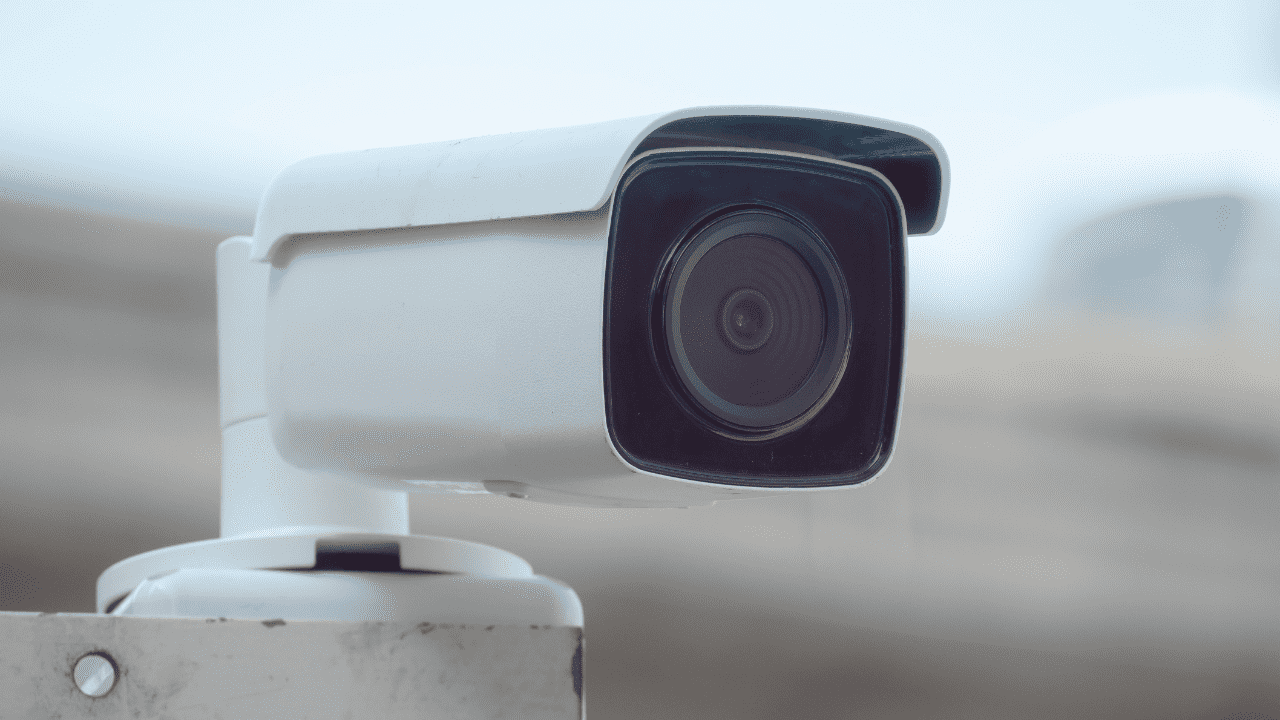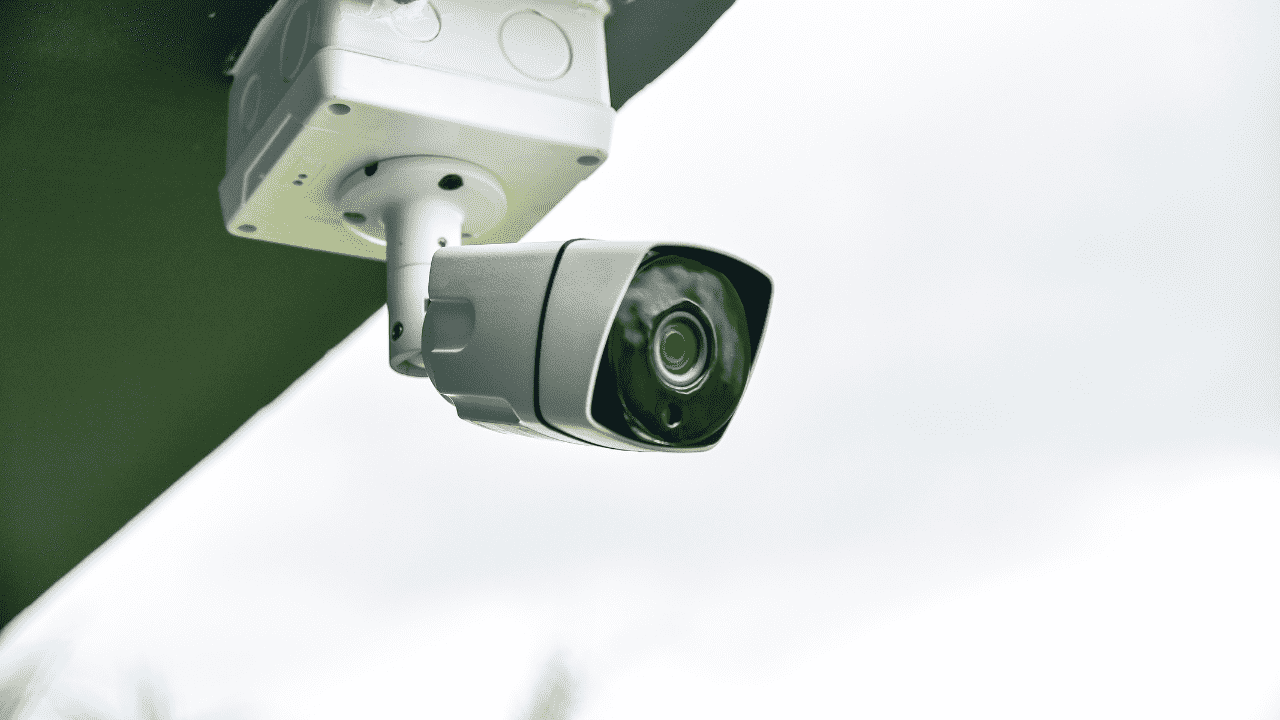When it comes to safeguarding our homes, the choice of security cameras plays a pivotal role. Among the various options available, smart surveillance PTZ has gained significant attention for their versatility. But are they truly a good fit for home security? Let’s delve into the details, backed by real-world examples.
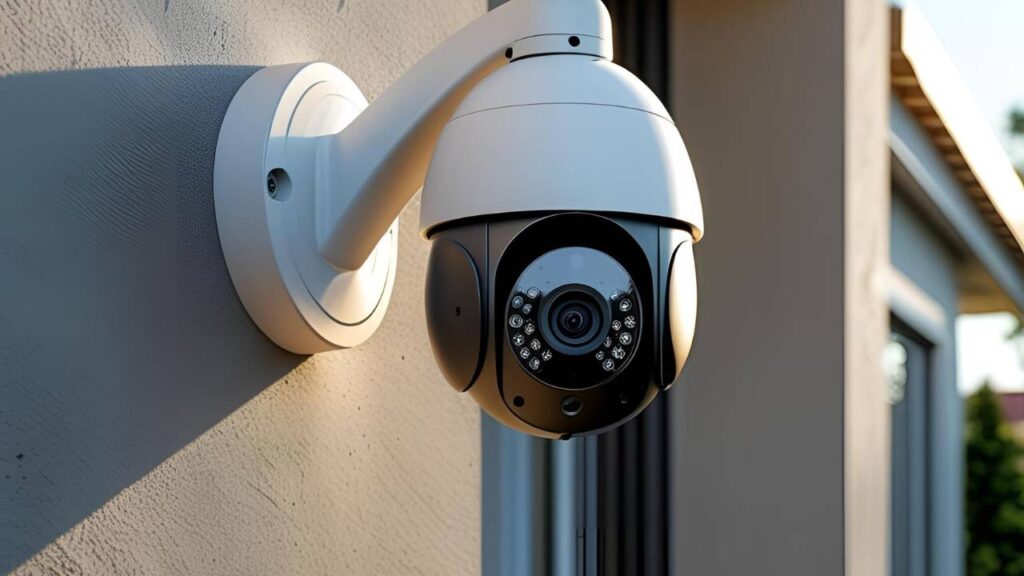
What Makes PTZ Cameras Stand Out?
Smart Surveillance PTZ offers a unique set of features that distinguish them from fixed-lens or dome cameras. Their ability to pan (rotate horizontally), tilt (move vertically), and zoom in/out remotely provides 360-degree coverage of a property, eliminating blind spots that often plague static cameras. This flexibility is particularly valuable for larger homes, yards, or driveways where monitoring multiple areas with a single device is essential.
A study by Statista revealed that in 2024, over 40% of smart home security system owners in the United States prioritized cameras with remote control capability. This statistic underscores the growing demand for adaptable surveillance solutions in residential settings.
Success Application
Case 1: Burglary Prevention in London
In 2023, a residential neighborhood in London saw a 32% drop in break-in attempts after residents installed home PTZ cameras. One homeowner, Sarah Jenkins, shared how her camera’s zoom function allowed her to identify a suspicious individual lingering near her garage. She remotely activated the camera’s siren and notified authority, who arrived before any damage occurred. The Metropolitan Police later stated that such proactive monitoring significantly deters criminal activity.
Case 2: Monitoring Vacation Homes in Florida
Florida-based security firm SafeHaven reported that clients using PTZ cameras for vacation homes reduced instances of vandalism by 58% compared to those with fixed cameras. The ability to adjust the camera’s angle via a smartphone app let owners check on different parts of their property—from pools to entry points—while away, providing peace of mind and enabling quick responses to potential threats.
Potential Drawbacks to Consider
While home PTZ cameras offer numerous benefits, they aren’t without limitations. Their moving parts can be more prone to wear and tear than fixed cameras, requiring occasional maintenance. Additionally, high-quality PTZ models tend to be pricier, with entry-level options starting around 150, comparedto 50–$100 for basic fixed cameras.
Latency can also be an issue. A 2024 review by Consumer Reports found that some budget PTZ cameras had a 2–3 second delay in remote control, which might hinder real-time intervention during emergencies.
Who Should Opt for a AI Tracking PTZ Camera?
AI Tracking PTZ Camera Is Ideal for:
- Homes with large outdoor spaces (yards, gardens, driveways)
- Vacation properties or second homes that require remote monitoring
- Users who want customizable viewing angles without installing multiple cameras
- For small apartments or homes where a fixed camera covers the necessary area, a PTZ model may be unnecessary.
Conclusion: A Valuable Tool for Specific Needs
Smart surveillance PTZ is excellent for home security when used in the right context. Their flexibility, wide coverage, and remote control capability make them a strong choice for larger properties or users who want detailed monitoring. While they come with higher costs and potential latency issues, their benefits often outweigh these drawbacks for the target demographic.
As technology advances, newer PTZ models are addressing past flaws—offering better durability, lower latency, and more affordable pricing. For anyone seeking comprehensive home surveillance, a outdoor tracking PTZ camera is certainly worth considering.

